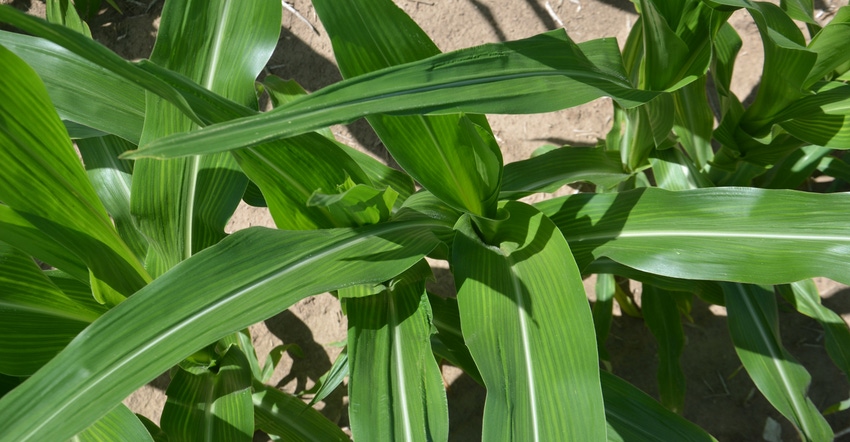
An advertisement for bulk gypsum started the conversation. The farmer who saw it wondered if it was a good source of sulfur. If so, why don’t agronomists making fertilizer recommendations talk about it more?
Some talk about gypsum, but often about pelletized gypsum. Gypsum contains sulfur, and it’s all about availability and when the sulfur would be used.
“Gypsum has limited solubility, but it is soluble enough to be a good source of sulfate-S for plants,” explains Jim Camberato, Purdue University Extension soil fertility specialist. “Gypsum contains about 17 pounds of sulfate-S per 100 pounds of fertilizer.”
Camberato says about 500 pounds of gypsum will dissolve in an acre-inch of water. Pelletized gypsum sources are commonly applied at a rate of 100 to 150 pounds of gypsum per acre, but ground gypsum is usually applied at a much higher rate — 1,000 to 2,000 pounds per acre.
“The pelletized gypsum at 100 pounds per acre will dissolve fairly quickly and completely,” he continues. “The ground gypsum will also provide sulfate-S quickly, but a large portion of it will remain unreacted because the amount applied far exceeds the amount that can dissolve in the upper inches of soil.
“As the dissolved gypsum moves away from the application zone with soil moisture and rainfall, the remaining unreacted gypsum will eventually dissolve.”
Sulfur trials
Camberato; Bob Nielsen, Purdue Extension corn specialist; and Shaun Casteel, Purdue Extension soybean specialist, have conducted trials adding sulfur both at university ag centers and in on-farm trials. Camberato and Nielsen have found significant results in some cases in corn, but little or no response in other cases. Casteel has seen good responses in soybeans, though not at every location.
“The top sulfur sources for soybeans on S-deficient soils like at LaCrosse [Ind.] have consistently been AMS, MES10 and pelletized gypsum,” Casteel says. He balanced the S fertilizers with nitrogen, phosphorus and potassium so an AMS and pelletized gypsum received a total of 20 pounds of nitrogen per acre, and each treatment was receiving the same amount of nitrogen. Gypsum, for example, doesn’t contain nitrogen.
“I included N, P and K alone without S. They have rarely provided yield increases alone in soils sufficient in soil-test P and K, which primarily points to the sulfur effect,” Casteel says. “I looked at N and S fertilizer regimes by planting date at West Lafayette [Ind.] in 2018, 2019, 2020 and 2021. In some cases, it seemed like the little bit of N that accompanies some of the treatments provided a few bushels, but the vast majority is coming from the sulfur component in early plantings.”
To further test if nitrogen was helping, he included pelletized gypsum beginning in 2020. “The yield improvement was the same for AMS, ATS and pelletized gypsum applied prior to emergence,” he says. “All three were applied at 20 pounds of S per acre without adding more N than what the individual fertilizer provided.”
Preliminary results from Wanatah, Ind., trials in 2021 show sizable responses to AMS and pelletized gypsum without supplying additional N, Casteel adds.
Read more about:
SulfurAbout the Author(s)
You May Also Like




